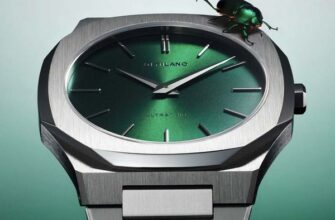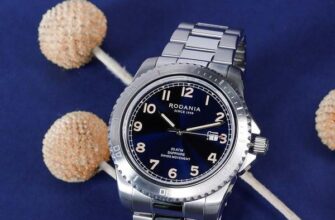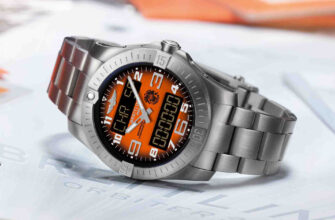On March 10, 1943, British Army Corporal Clive James Nutting ordered a steel Rolex Oyster Chronograph. It would seem a completely ordinary fact. Except that the address where the chronograph had to be delivered was Stalag Luft III, a prisoner of war camp run by the Luftwaffe. During World War II, the manufactory supplied watches to British prisoners of war. To hide the purchase from the Luftwaffe, the brand hid the watch in Red Cross parcels. Such a chronograph cost at that time 250 Swiss crowns. And the soldiers could pay for the purchase later, when the war ended and they were free. Hans Wilsdorf, the founder of the manufactory, believed that the British military would not deceive him, despite the fact that Great Britain never bought his watches for its army.
Why did Clive Nutting need a chronograph in a POW camp? It was this thing that helped him and some other soldiers to escape. The Clive watch was delivered in June 1943. He immediately began using the chronograph to spot German patrols. It took Nutting about a year to thoroughly study all the schedules and movements of the Luftwaffe, as a result, he, along with other prisoners, was able to escape. If you are interested in this story, watch Steve McQueen's The Great Escape.
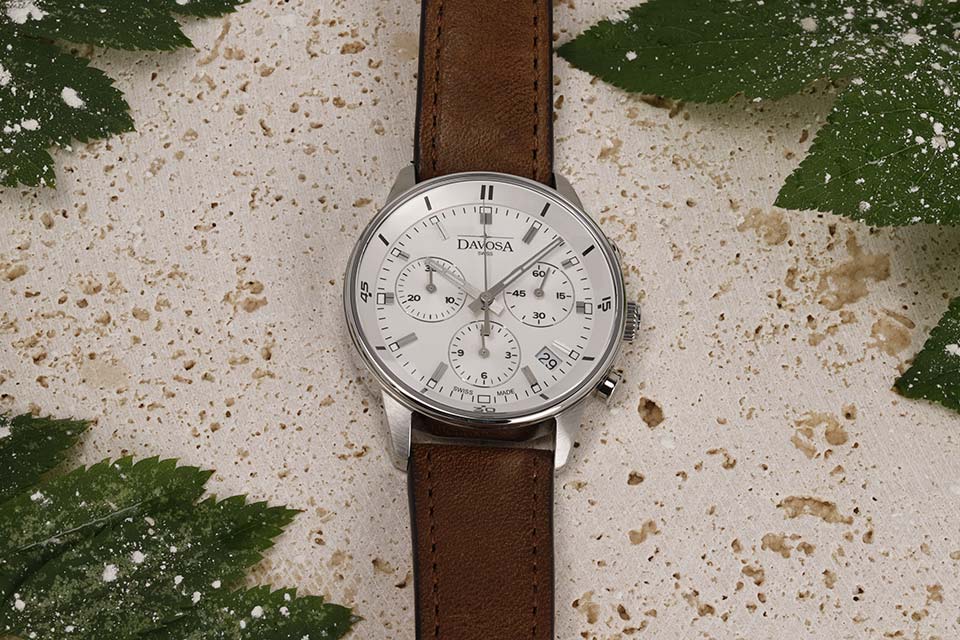
There are so many amazing events in the history of the chronograph that make watches with this feature completely unique. The ability to record time intervals hundreds of times saved the lives of pilots and helped to set records for race car drivers. For example, Apollo 13 astronaut Jack Swigert used the Omega Speedmaster chronograph to track how quickly an engine in a rocket burned out, and it helped his crew get back to Earth alive.
At the same time, for more than 200 years, the chronograph has been popular exclusively with men. Apparently, the history of the function is to blame for this. Louis Moinet created the first chronograph in 1816 to track the phases of the moon. But it was piece goods for personal use. But in 1821, Nicolas-Mathieu Riessec created the first public chronograph, an order for which was made by King Louis 18, a big fan of horse racing.
He needed a chronograph in order to pinpoint the time of races as accurately as possible. Therefore, many men have begun to wear watches with this feature for this very purpose. Even the very first wrist chronograph in 1913 was created by Longines for racing fans. And as you understand, women were not supposed to be interested in races, and even more so to bet money in the 19th and in the first half of the 20th century.

But fortunately, all these gender stereotypes and conventions are in the past, so girls can be gambling, participate in races and, of course, wear chronographs. Therefore, I propose to take a closer look at Davosa watches. This Swiss manufactory has a very cool and rich history. The brand was founded by a family of watchmakers named Hasler, who began to practice this craft in the second half of the 19th century. Abel Frederick Hasler made silver pocket watch cases, and all six of his sons also trained in watchmaking to work in the manufactory built by the Abel brothers in Geneva.
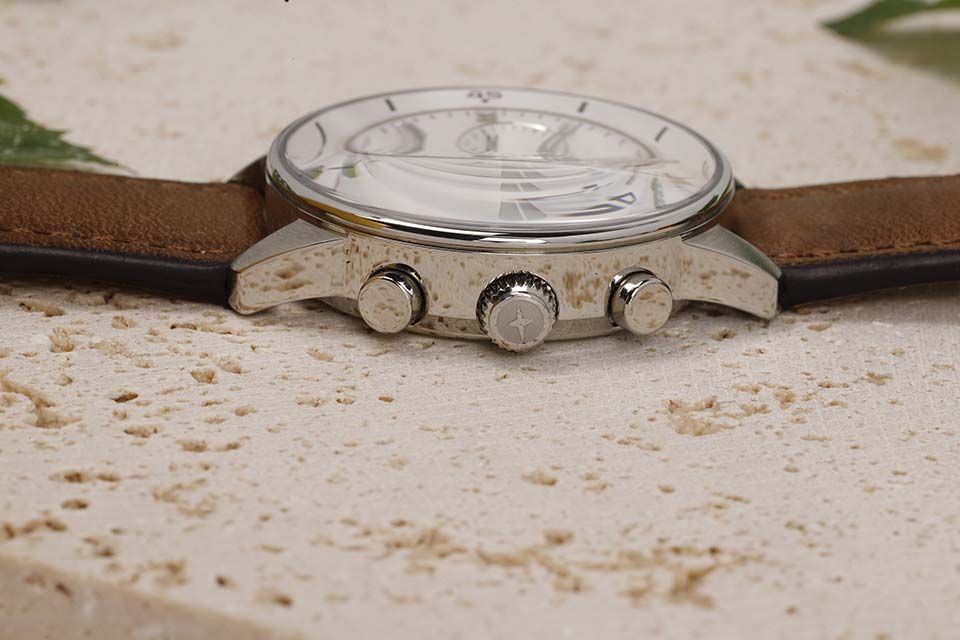
In the 20th century, the Haslers first founded Paul Hasler Terminages d'Horlogerie, which was responsible for the hand-assembly of watches for leading Swiss brands. Then they created their own watch brand Hasler Freres. In the 1970s, in order to survive the quartz crisis, the Haslers began making quartz models. And this led to the fact that in 1987 the Davosa brand appeared in the company's portfolio.

I like that Davosa pays a lot of attention to women's watches. Moreover, they make not just beautiful models with inlays, bright dials, patterns and other visual decorations, but also functional ones. The range of the brand is full of chronographs and divers for women. I liked the Vireo Medium, a classic discreet chronograph in a 36mm steel case on a brown leather strap. It is based on the quartz caliber RONDA 505. Dozens of companies, including Breitling, TAG Heuer, Longines and Bell & Ross, use movements from the Swiss company Ronda. These are reliable calibers that measure time very accurately.
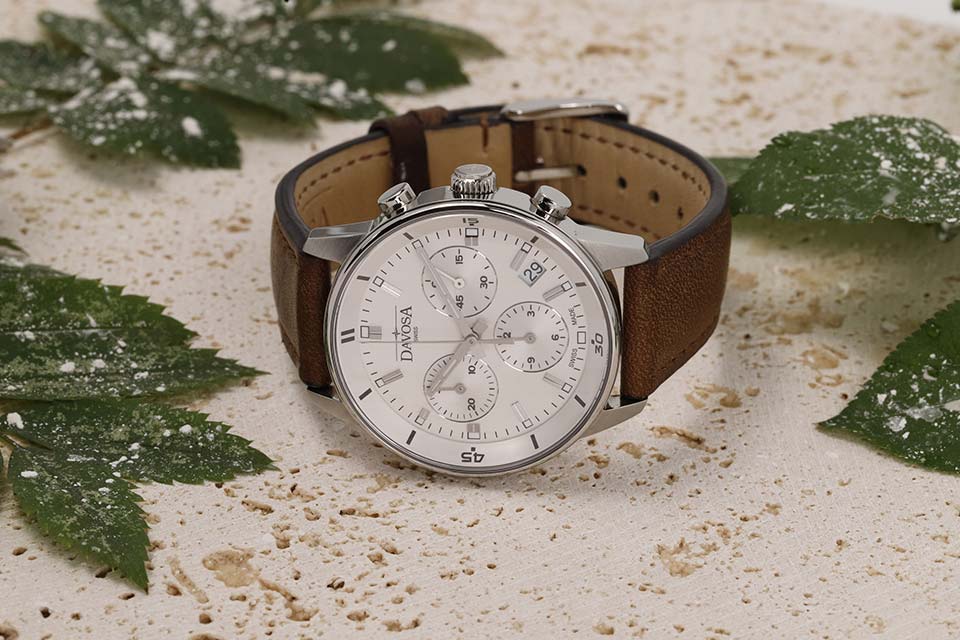
About such watches as Vireo Medium, they usually say - nothing more. Laconic design, ergonomic case, nice strap and completely understandable dial. The watch fits perfectly on the wrist. The case is 10 mm thick, and the crown and chronograph buttons are positioned so that they do not put pressure on your wrist, even if you wear the watch on the same hand that you use to write.
In my opinion, Vireo Medium can fit into any look, except perhaps for an evening dress. Still, if you're going to an event with a cocktail, evening attire, or black tie dress code, give up the idea of wearing a chronograph. In such cases, it is better to completely prefer other jewelry to watches.

